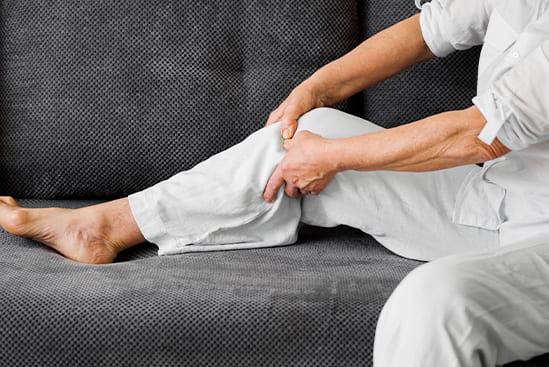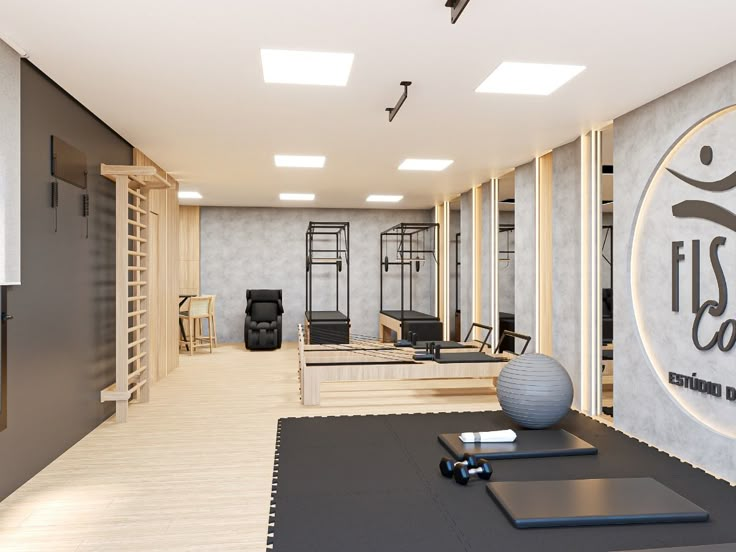

Introduction
If you’re dealing with persistent pain, recovering from an injury, or managing a chronic condition, searching for a trusted physio near me can be the first step toward recovery and a better quality of life. Choosing a local physiotherapist not only saves time and travel stress but also ensures consistent, accessible care tailored to your specific needs. Physiotherapy isn’t a one-size-fits-all solution. It requires hands-on, personalized treatment plans guided by a qualified professional who understands your lifestyle, environment, and goals.
When you opt for a trusted physio near me, you’re choosing convenience, continuity of care, and a therapist who is familiar with community resources and common local health challenges. From sports injuries to post-surgical rehab and chronic back pain, a reliable local physiotherapy clinic can deliver the clinical expertise and personal attention you need. More importantly, having a physiotherapist nearby means you’re more likely to stay committed to your sessions—one of the most important factors in a successful recovery.
Here are five compelling reasons why choosing a trusted local physiotherapist is a smart move for your health and wellbeing.
1. Convenience and Accessibility
One of the most obvious benefits of choosing a physio near you is the convenience. When you’re in pain or limited in mobility, the last thing you want is to travel long distances for treatment. Whether you’re dealing with a sports injury, recovering post-surgery, or managing arthritis, having a clinic close by removes logistical barriers.
Regular visits are key to the success of physiotherapy, especially when undergoing progressive rehabilitation. Having easy access to your clinic ensures:
- Fewer missed appointments
- More frequent check-ins
- Better adherence to your rehab plan
Moreover, local physiotherapists often offer flexible scheduling, including early morning or evening appointments, to accommodate busy lifestyles. This ease of access directly impacts your motivation to attend sessions consistently.
2. Personalized and Community-Based Care
A trusted physiotherapist near you is more likely to understand the health challenges common to your community. Whether it’s work-related posture problems, high school sports injuries, or age-related conditions prevalent in your area, a local physiotherapist is uniquely positioned to provide relevant and personalized treatment.
They often take the time to:
- Understand your daily environment
- Factor in your lifestyle, routines, and family needs
- Offer practical solutions that work within your surroundings
Because they’re not just treating a condition, but a person in context, local physiotherapists can tailor care with unmatched precision. Many also build strong patient relationships, offering compassionate, long-term support that goes beyond short-term recovery.
3. Faster Intervention and Ongoing Support
When pain or injury strikes, early intervention is critical. By choosing a trusted physio nearby, you can often get assessed and treated much faster than waiting for referrals or distant appointments.
Local clinics typically have more availability and flexible booking, allowing you to start your treatment plan sooner. This can significantly reduce the duration and severity of your symptoms and may even prevent more serious complications.
Moreover, once your initial treatment ends, your local physiotherapist remains easily accessible for:
- Follow-up care
- Preventive maintenance
- Exercise program updates
- Telehealth consultations if needed
Having a nearby professional you trust allows for ongoing health management and reduces the risk of future injury.
4. Comprehensive Services Under One Roof
Many reputable local physiotherapy clinics offer a broad range of services beyond standard rehabilitation. By choosing a trusted physio near you, you can benefit from:
- Manual therapy and joint mobilization
- Dry needling or acupuncture
- Exercise therapy and strength training
- Posture and ergonomic assessments
- Sports performance programs
- Rehabilitation after surgery or stroke
Some clinics also collaborate with general practitioners, orthopaedic specialists, and fitness professionals, creating a holistic care network. This multi-disciplinary approach streamlines your treatment and ensures your care is cohesive and effective.
In addition, clinics often provide tailored programs for specific groups such as:
- Elderly fall prevention
- Women’s health and prenatal physiotherapy
- Youth sports conditioning
- Occupational rehab for workplace injuries
5. Stronger Motivation and Better Outcomes
Recovery from injury or managing a chronic condition requires commitment. When your physiotherapist is nearby, you’re far more likely to attend sessions consistently, complete home exercises, and remain engaged in the process.
What’s more, building a relationship with a trusted local physio adds a layer of accountability and emotional support. You’re not just another number in a system—you’re a valued member of their community.
This familiarity leads to:
- More open communication
- More tailored treatment adjustments
- Better monitoring of your progress
Over time, this rapport often translates to quicker recovery and better long-term outcomes. Patients who trust their therapists and feel understood are more likely to stay positive and proactive throughout their healing journey.
Bonus Tip: How to Find a Trusted Physio Near You
Not sure where to start your search? Here are a few tips to help you find a reliable and skilled physiotherapist in your area:
- Ask for recommendations from your GP, friends, or local community groups.
- Check qualifications and certifications—look for registered practitioners with relevant experience.
- Read online reviews and testimonials to gauge patient satisfaction.
- Visit the clinic to assess the cleanliness, professionalism, and friendliness of the staff.
- Inquire about specialties, especially if you have a specific condition (e.g., sports rehab, neurological physiotherapy, or post-surgical care).
Always look for a provider who takes time to listen, explains things clearly, and develops a customized plan based on your goals.
Final Thoughts
Choosing a trusted physio near me isn’t just a matter of convenience—it’s a decision that can significantly impact the speed and success of your recovery. From personalized treatment to easy access, ongoing support, and community-based care, a local physiotherapist offers numerous benefits that larger or distant clinics often can’t match.
Whether you’re recovering from an injury, coping with chronic pain, or working toward better movement and health, the right physiotherapist can make all the difference. Take the first step by choosing a skilled, caring, and local professional who will partner with you on your journey toward healing and long-term wellness.
Tags :

Back & Neck Pain
- Spine & Core Rehabilitation
- Strength & Conditioning Programme
- Pain Management
- Biomechanical Assessment
- Sports Physiotherapy
- Group Class

Sports Injuries
- Strength & Conditioning Programme
- Pain Management
- Biomechanical Assessment
- Sports Physiotherapy
- Shockwave Therapy
- Group Class

Work Desk Injuries

Pre-Post-Surgical Conditions

Scoliosis & Postural Abnormalities

Neurological Conditions

Osteoarthritis & Rheumatism
Joint degeneration and inflammation happens as the human body grows older, but that does not mean our way of life degenerates as well. Relief your joint pains with a joint effort together with your physiotherapist, who will provide pain-relief treatments and prescribe exercises for your wellbeing.

Conditions Relating To Elderly
Common conditions in the older age population include hips & knee pain, back & neck pain, osteoarthritis, rheumatism, fear of falling and many more. Aging and degeneration of bodily function is inevitable, but here at Synapse, we will help you live the best of your life.










